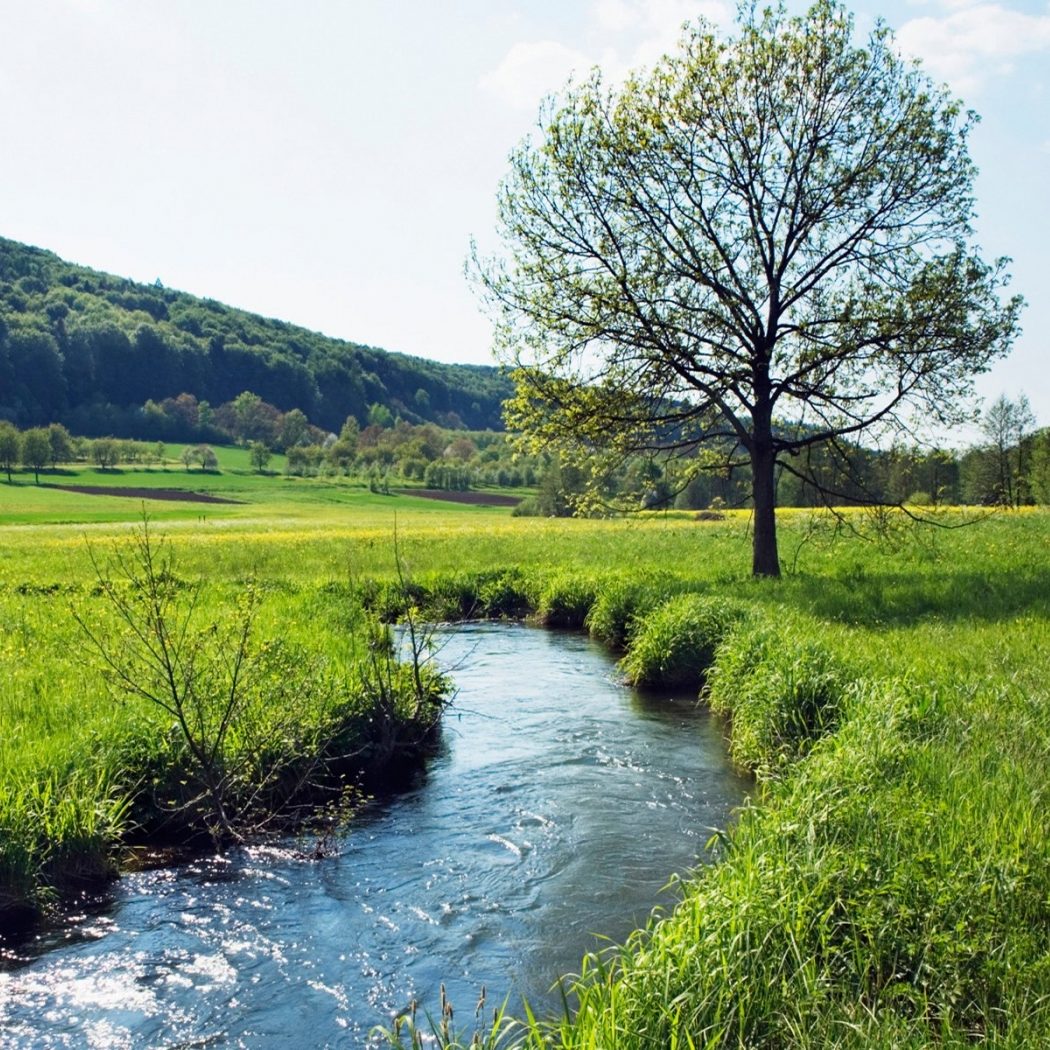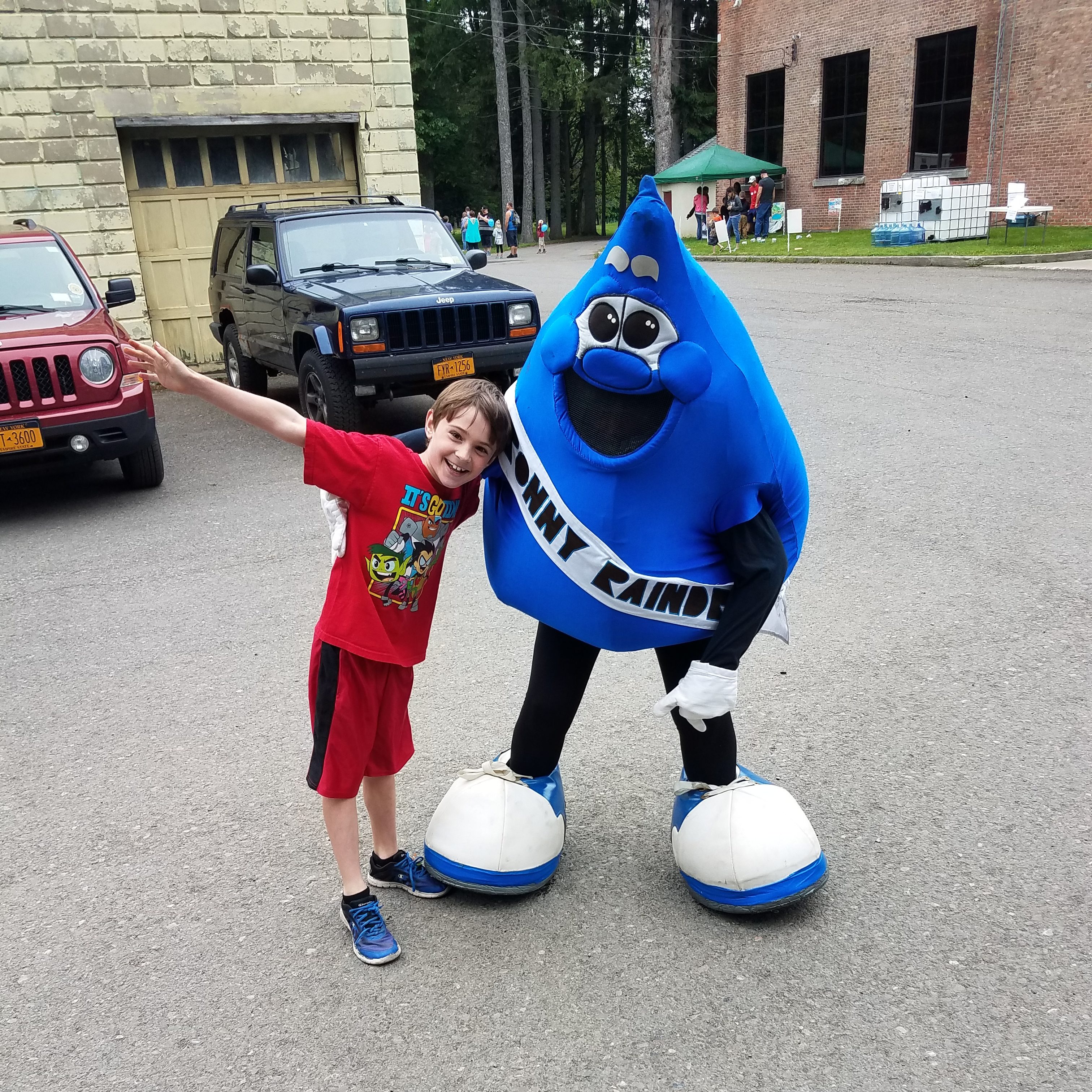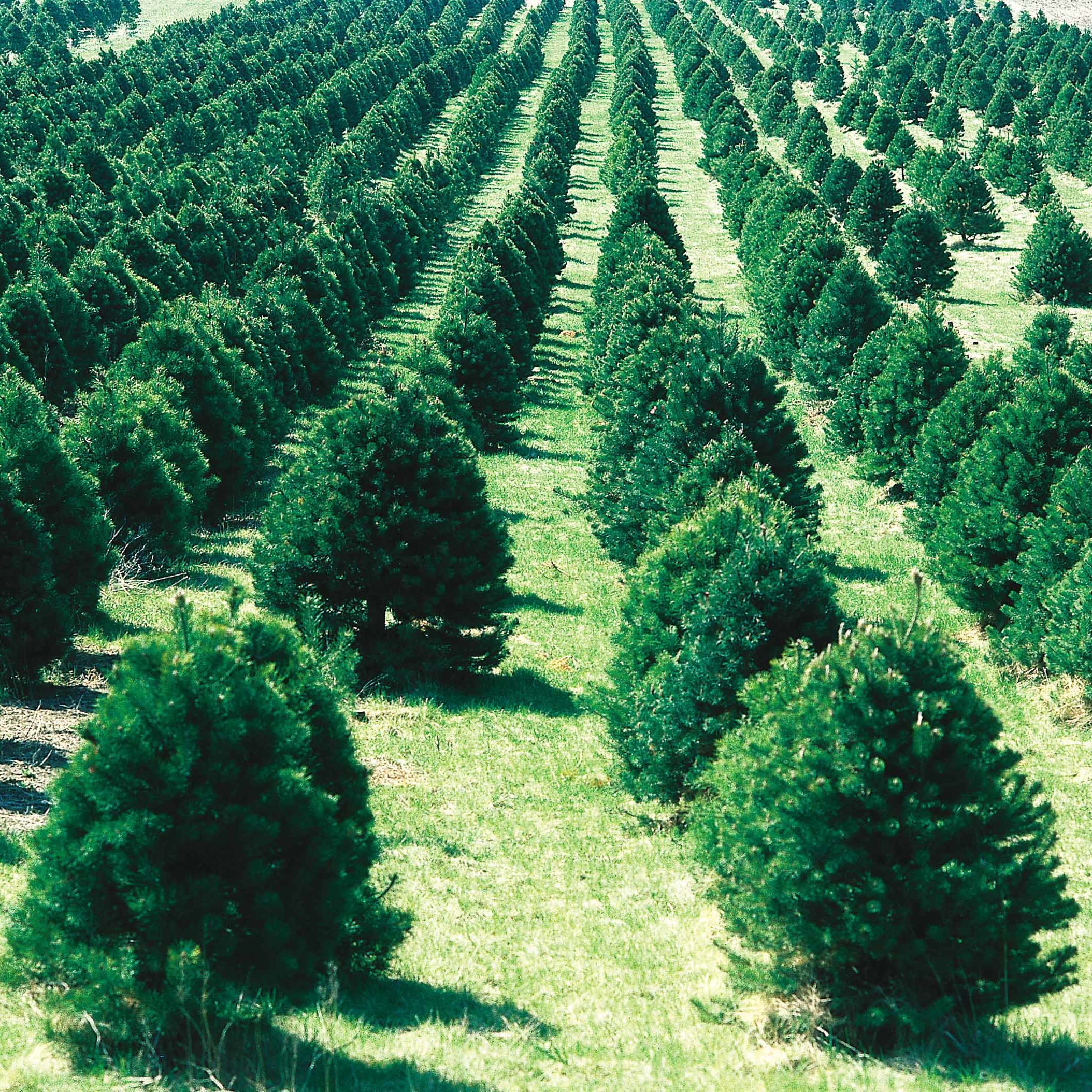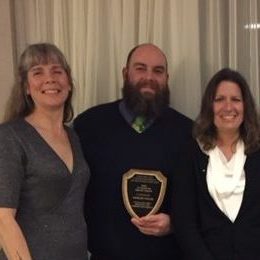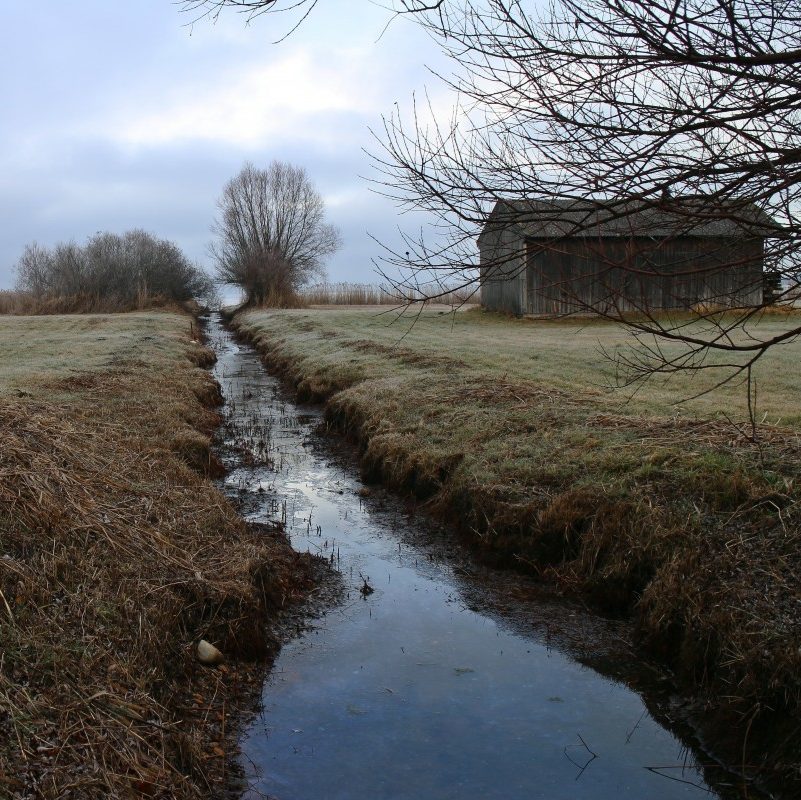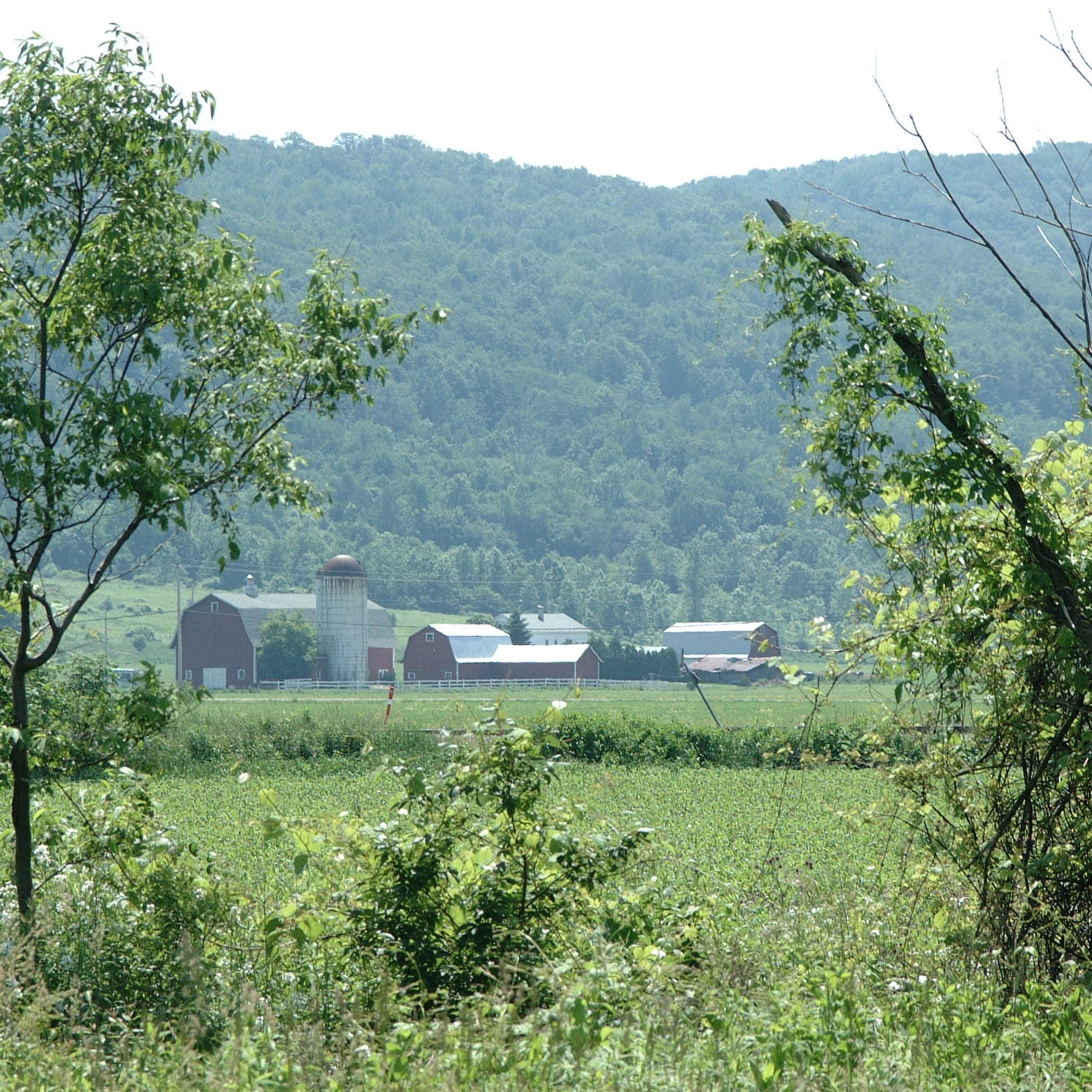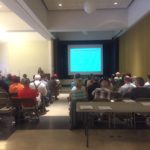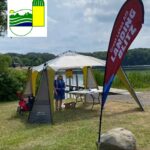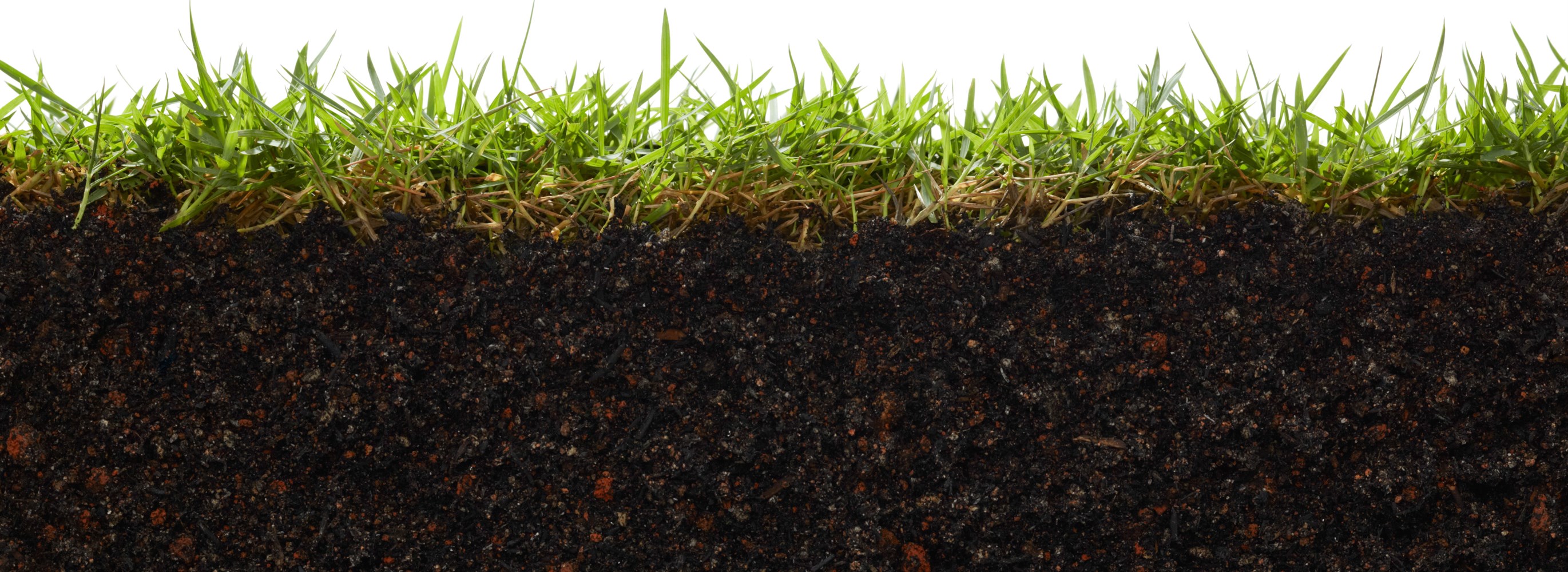HYDROSEEDING
Hydroseeding provides a fast, easy, and affordable way not only to landscape large areas, but also to control and prevent soil erosion. Hydroseeding accomplishes this through an application system containing a slurry mix of water, mulch, seed, and fertilizer. The slurry is dispersed over the desired area and creating a green mat of potential growth. The seeds germinate rapidly and create a carpet of grass and wildflower mixes.
The Soil and Water Conservation District hydroseeds not only because it is quick and cost effective, but also because it allows a more even distribution of seed on areas, including locations difficult to reach such as steep slopes where other seeding machinery may not be able to go. Hydroseeding is also more precise and efficient than having workers on the ground spreading seed and covering it with straw. In addition to these advantages, the application of mulch, seed, and fertilizer together allows for a quicker germination rate and better retention of seed on the soil. This leads to faster stabilization of sensitive areas by the plants when compared to hand seeding, resulting in less erosion at a site, the primary goal of the hydroseeding program.
Hydroseeding serves not just an aesthetic function or one of time crunched projects, but also a number of environmental roles. Hydro-seeding can create filter strips, prevent soil erosion, and lay the foundation for new wildlife habitats.
Hydro-seeding is provided to municipalities and on other public projects for conservation purposes. Municipalities are encouraged to contact SWCD about funding that may be available to cover the cost of this service.


